Affiliate links on Android Authority may earn us a commission. Learn more.
Apple made 2020 the year of active noise-canceling
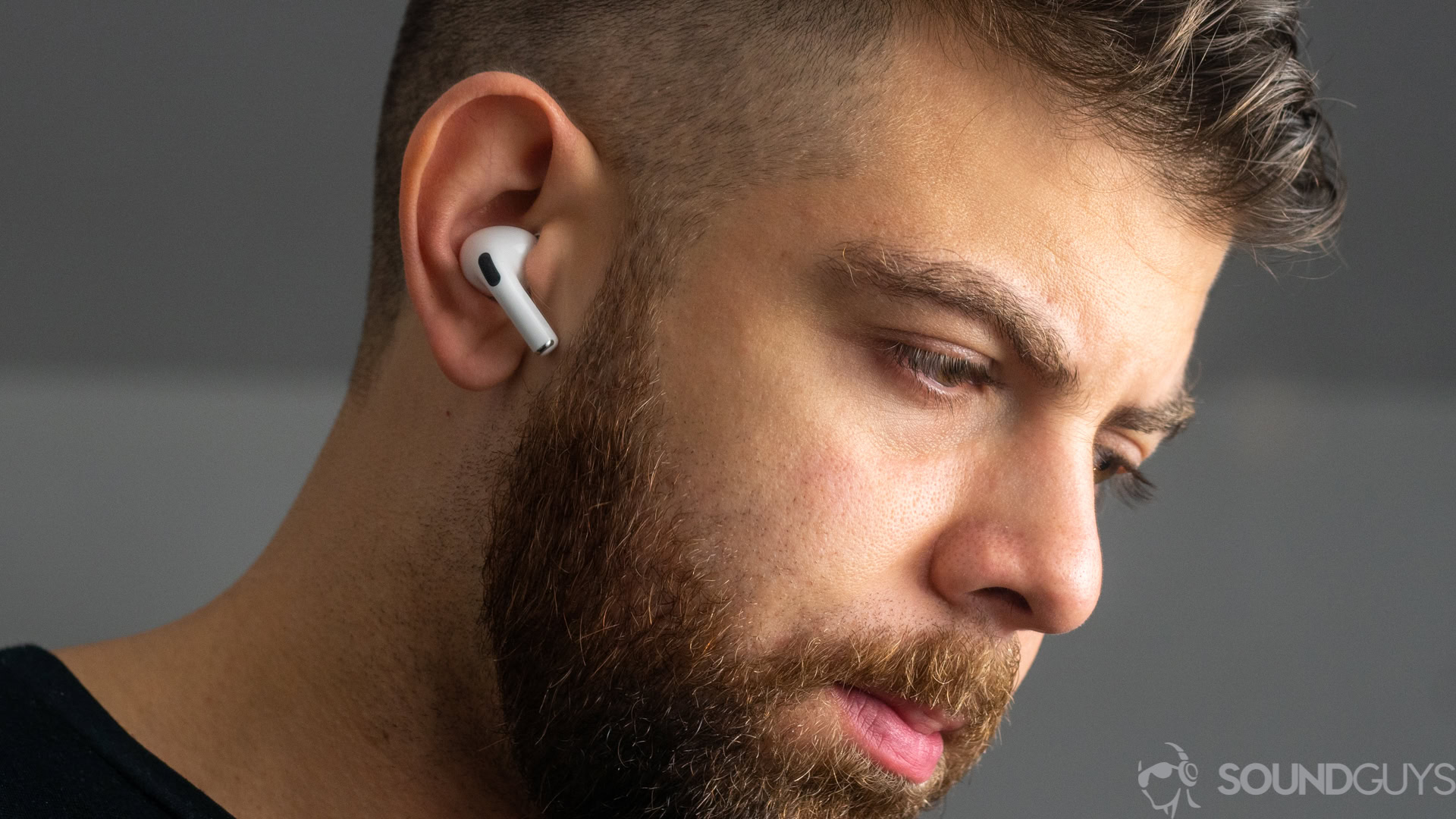
2020 received plenty of criticism, and for good reason. However, it’s been a good year for the noise-canceling earbuds market. If you’re clued into consumer audio trends, you know that 2020 was the year of active noise-canceling (ANC). We witnessed a meteoric rise in true wireless ANC earbuds and ANC Bluetooth headsets. In fact, you’ve probably been served a few ads featuring noise-canceling technology. Let’s dig into what made noise-canceling so successful during this otherwise difficult year.
Apple made ANC commonplace
Whether you love Apple, or love to hate Apple, it’s hard to deny that the Cupertino company paved the way for ANC’s success this year. Apple strategically released the noise-canceling AirPods Pro right before the 2019 holiday season kicked into full gear. This, of course, happens to be the best time for individuals to request frivolous, overpriced gifts, including earbuds.
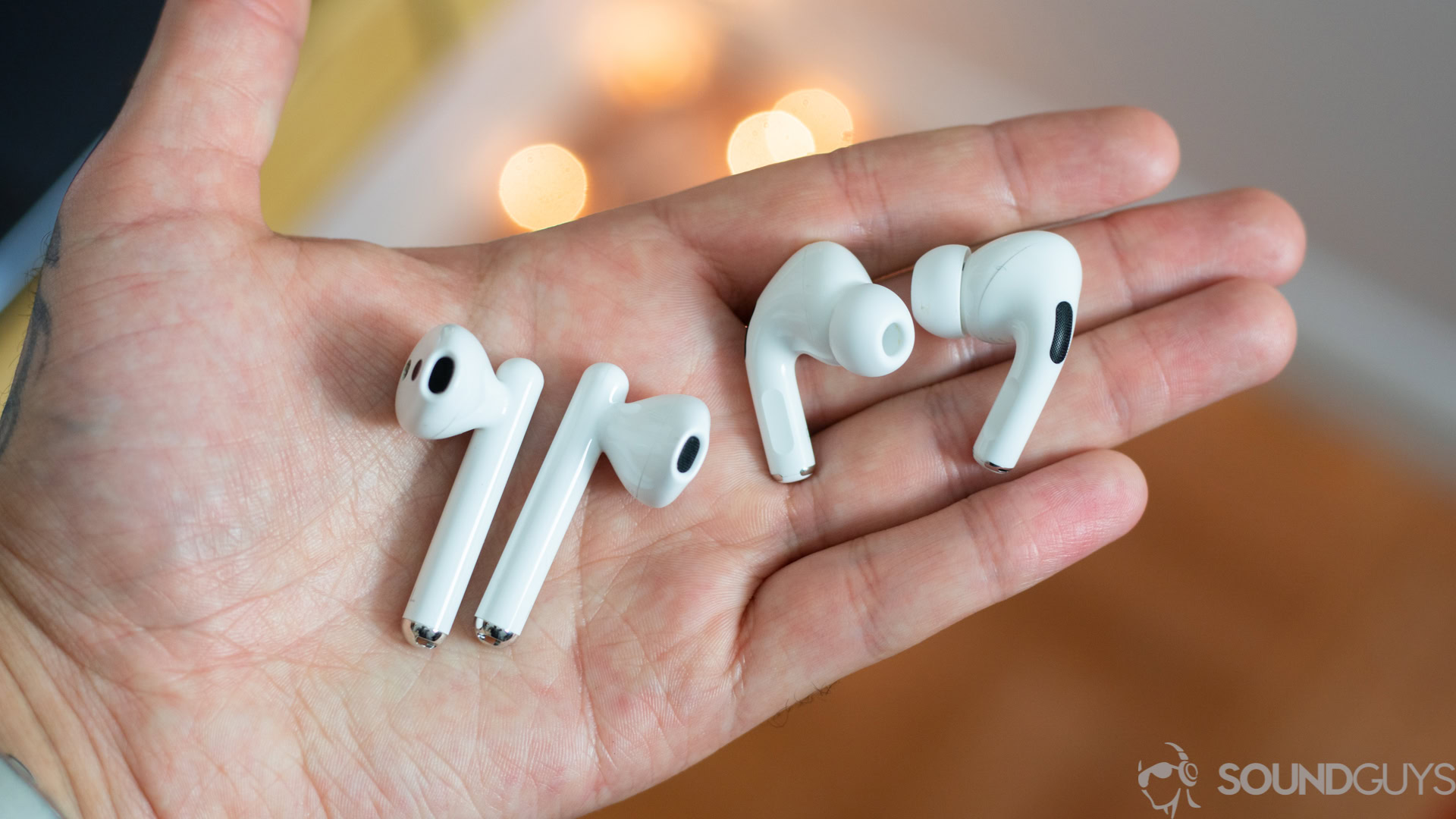
The Apple AirPods Pro had already sold out by December 17, 2019. They remained scarce through late January in 2020. Eager buyers snapped up Apple’s earbuds off the shelves, and populated common areas like gyms, coffee shops, libraries, and college campuses with the AirPods Pro. Competing companies that already struggled to keep pace with Apple’s lion share of the US wearables and smartphone market emulated Apple. And so, we witnessed noise-canceling earbuds flood the consumer audio space. According to Future Source, 7% of the headphone industry included ANC tech in 2018, which rose to 9% in 2019. It made an even bigger leap up to 18% in 2020.
Don’t miss: The best true wireless earbuds you can buy – there’s more than Apple out there
It wasn’t just the AirPods Pro’s timely release that opened the doors for the golden era of noise cancelation. No, it was also Apple’s marketing too. Apple billed the AirPods Pro as an everyday item, something versatile and utilitarian — a headset for the minimalist, and for the masses. Before the AirPods Pro, ANC headsets were bought for a specific purpose. They were typically relegated to spaces like airplane cabins or subway platforms. Even fellow Android Authority Editor Adam Molina shared that none of his family members asked about noise-canceling headphones prior to the AirPods Pro.
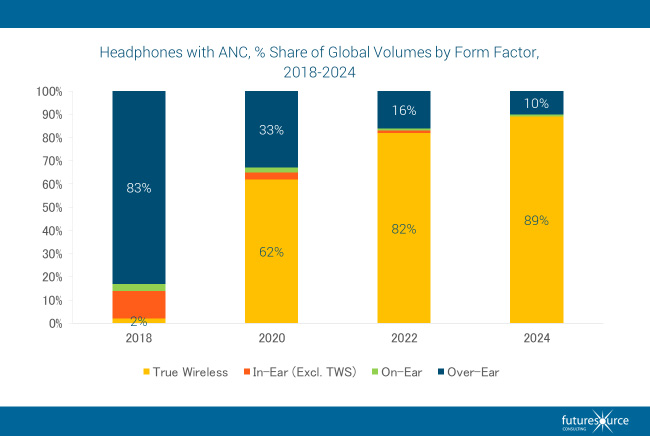
It helps that Apple is a master of manufacturing desirable, albeit outrageously priced, products. The company has a deep understanding of vertical integration. The Apple AirPods Pro debuted for $249 USD, and Apple justified the cost with promises of a seamless user experience for iPhone loyalists. These promises were of great importance, seeing how the company captured 49% of the US smartphone market share back in Q4 2019, according to Counterpoint Research. At the time of the AirPods Pro release, the iPhone 11 was Apple’s latest smartphone, retailing for $699. Suffice it to say, this cost-prohibitive pill was hard to swallow. Even still, iPhone users had very few options when it came to a seamless audio experience. Only the AirPods (2019) and the Beats Solo Pro supported H1 chip functionality at the time.
Other companies followed Apple’s lead, again
We’ve seen companies follow Apple’s lead before. Lest we forget how quickly others dropped the headphone jack after Apple did so, at the behest of no one. Nowadays, plenty of audio companies have their own takes on noise-canceling earbuds or headphones. In the true wireless space, you have Bose, Samsung, Sony, Jabra, and Sennheiser, just to name a few. You’ll find the same brands and then some championing their lines of ANC over-ear headphones. If you look at individual ANC true wireless release dates, you’ll notice that almost all of them were released in 2020.
Of course, noise-canceling headphones and earbuds were successful before the AirPods Pro came along. 2018 was very kind to ANC over-ear headphones according to Futuresource. After all, Bose and Sony aren’t just manufacturing multiple generations of their respective flagships for fun. However, most consumers considered ANC a specialty product two years ago. It was something you bought with intent until the AirPods Pro entered the scene.
Noise-canceling chips got small, which made ANC earbuds go big
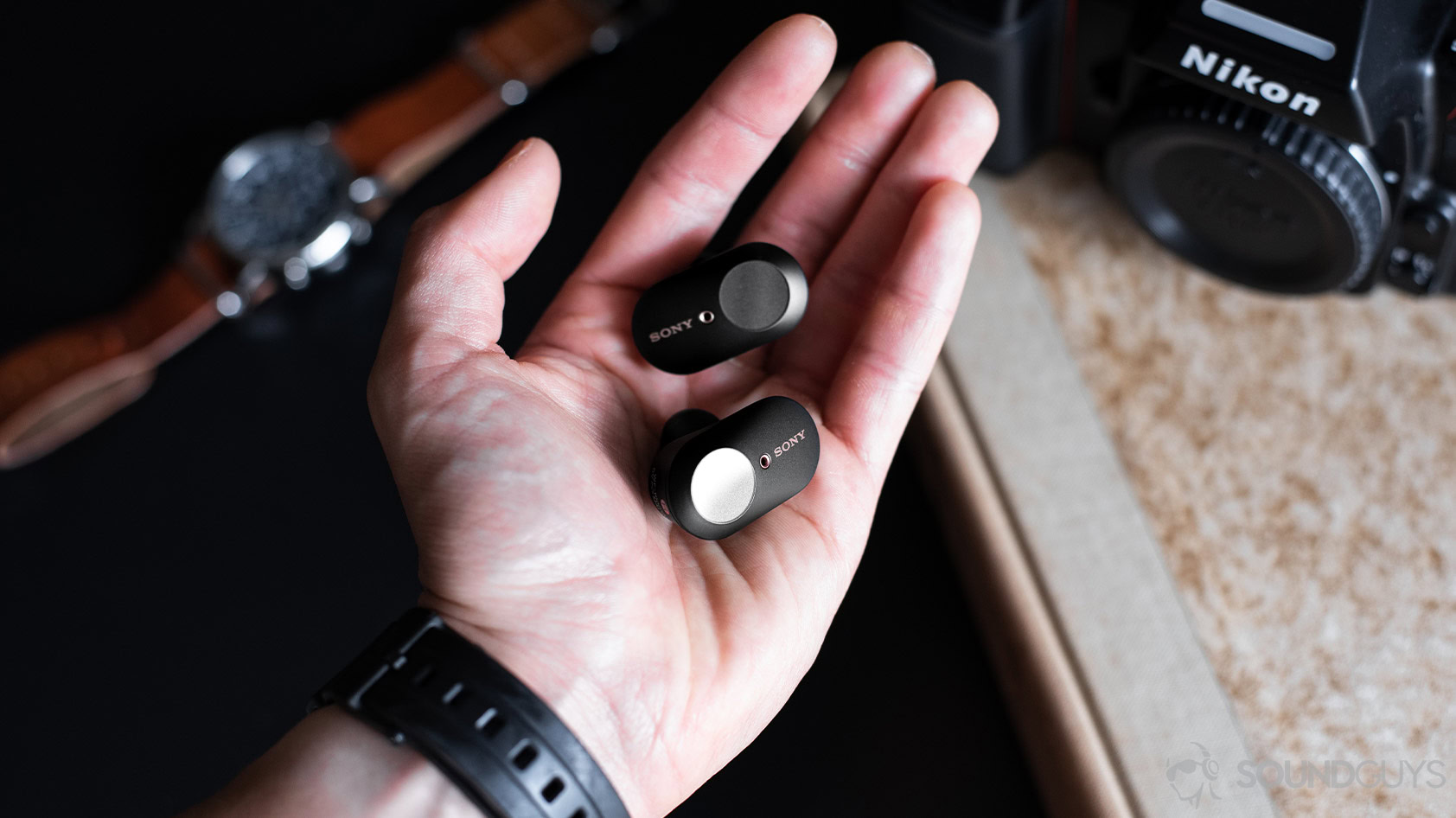
There’s one other factor that stoked the flames of consumer interest around noise-canceling headsets this year. The miniaturization of SoCs like the Qualcomm QCC5126 (Jabra Elite 75t series), BCM 43015 (Samsung Galaxy Buds Live), and the QN1e chip inside the Sony WF-1000XM3. Previously, this technology was very difficult to pack directly into earbud casings. Instead, wired earbuds housed, and still house, the components in a separate module along a cable.
Today, true wireless earbuds engineers are less limited by the size of ANC chipsets. They can solder them into the buds alongside other hardware. Of course, there are still physical limitations, which is why true wireless earbuds’ batteries leave room for improvement. Since it’s easier than ever to integrate ANC chips into totally wireless earphones, companies can meet consumer demand. This is much needed since 71% of consumers are interested in noise-canceling true wireless earbuds, according to Qualcomm.
Did remote work impact noise-canceling headset popularity?
The uptick in remote workers this year likely contributed to the rise in noise-canceling headset popularity. Nowadays, we must worry about our horizontal and vertical neighbors, as well as our actual housemates. Ultimately, we just need a way to shut out everything and everyone around us. It’s therefore not surprising that noise-canceling headphones are quite appealing. But again, the ANC scene at large was set well before our global pandemic. Apple struck while the iron was hot, riding off its original AirPods success and into the sun with the revenue from its AirPods Pro model.
Expect to see even more noise-canceling true wireless earbuds in 2021
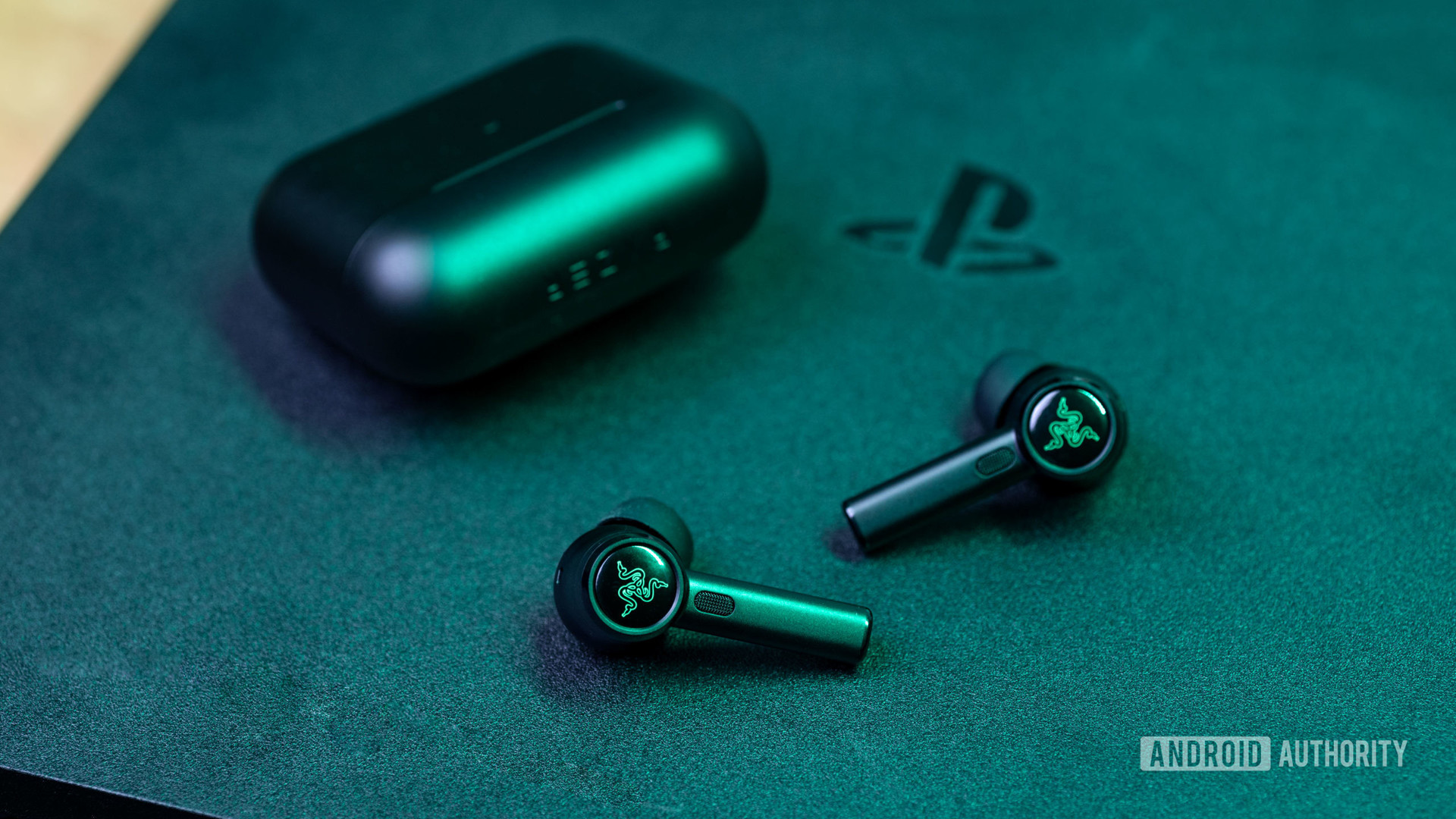
The wave of noise-canceling true wireless earbuds has yet to crest, and you can bet your last dollar that ANC earbuds will swamp 2021. The true wireless market growth is outpacing AirPods sales. This means competitors like Sony, Bose, and Samsung have ample opportunity to win over potential AirPods buyers. We’ve already seen excellent mid-tier options from the likes of Panasonic and 1MORE, which means we may have our pick of the litter come this time next year. This is especially true with the advent of Bluetooth LE Audio and its ability to diversify the wireless audio experience.